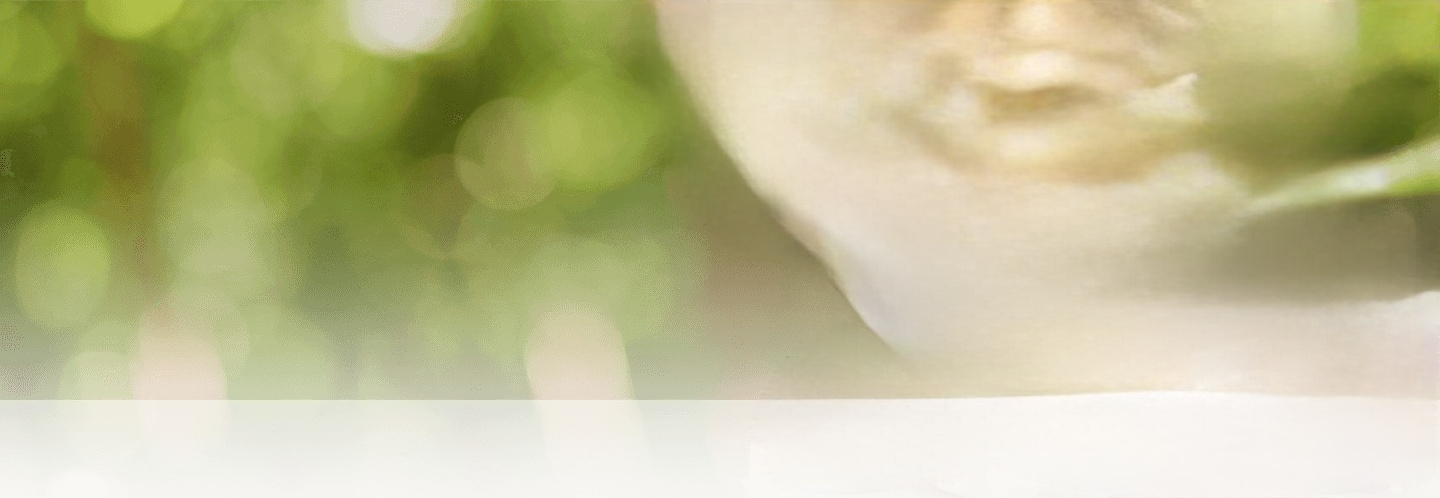A Guide to Rhinoplasty (“Nose Job”) Surgery
Rhinoplasty (nose job) is a common plastic surgery procedure I regularly perform. Some patients request surgery because they are unhappy with the shape of size of their nose. Other patients have difficulty breathing through their noses. Some patients require surgery to correct both problems. Rhinoplasty surgery done well can improve the appearance of the nose and harmonise it with the rest of the face.
The Initial Consultation
I spend a lot of time in the initial consultation finding out about a patient’s background history, especially any history of nasal surgery or trauma. The physical examination involves not only looking at and measuring the nose from every angle, but also taking a step back to get a feel for how the nose blends in with the rest of the face. I also assess breathing through each nostril in turn. If there is a history of nasal trauma or major breathing problems, I will normall order a CT scan to assess the sinuses, septum (the cartilage running down between the two nostrils) and nasal bones.
The Surgical Plan
As with all forms of cosmetic surgery, I spend time trying to understand the patient’s goals. I like to see my rhinoplasty patients at least twice prior to any surgery, just so that I know we’re both aiming for the same goals. There are some changes which are easier to make than others – and there are some changes which can’t be made at all. I do my best to honestly let my patients know what can and can’t be done, and what will be involved.
The Surgery
Rhinoplasty surgery is always performed under a general anaesthetic. Some patients prefer to go home the same day, whereas others opt to stay in hospital over night. The most common issues patients want addressed are any “humps” along the dorsum of the nose – this may involve removing some cartiage and bone. Many patients are unhappy with the tip of their nose, and this can be corrected at the same time. If breathing is an issue, the septum can be straightened during the procedure. I rarely leave any packs in the nose at the end of the procedure. Most of the stitches are dissolving and I see my patients 5 or 6 days after surgery to take off any tapes or splints. Bruising around the eyes and cheeks is common, so I advise patients not to schedule surgery withing 2 or 3 weeks of any major social events.
The Results
It takes a while for the swelling to go down completely, but most patients can see major changes straight away. Here is a recent patient of mine who was unhappy with the “hump” on his nose. The “after” photo was taken 4 weeks following his surgery. You can see that the rhinoplasty seems to have improved the appearance of his whole face, not just the nose.
If you are thinking about changing the shape of your nose, or having problems breathing through your nose, please make an appointment to see me.

